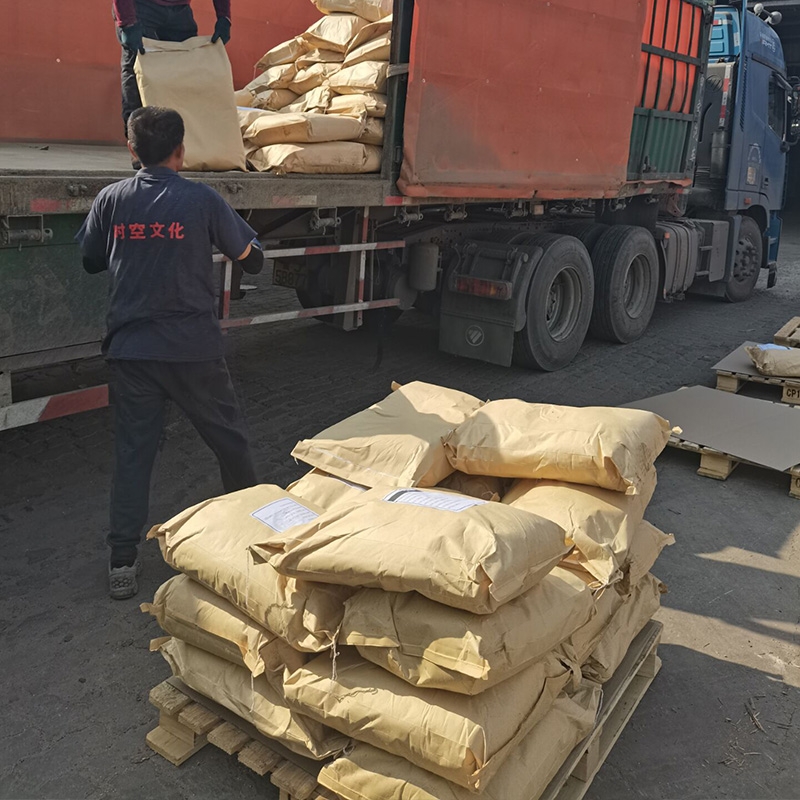-
Categories
-
Pharmaceutical Intermediates
-
Active Pharmaceutical Ingredients
-
Food Additives
- Industrial Coatings
- Agrochemicals
- Dyes and Pigments
- Surfactant
- Flavors and Fragrances
- Chemical Reagents
- Catalyst and Auxiliary
- Natural Products
- Inorganic Chemistry
-
Organic Chemistry
-
Biochemical Engineering
- Analytical Chemistry
-
Cosmetic Ingredient
- Water Treatment Chemical
-
Pharmaceutical Intermediates
Promotion
ECHEMI Mall
Wholesale
Weekly Price
Exhibition
News
-
Trade Service
Desmopressin acetate, also known as DDAVP, is a synthetic hormone that is used to treat various conditions related to water regulation in the body.
It is primarily used to treat diabetes insipidus, a condition in which the body produces very little or no antidiuretic hormone (ADH), also known as vasopressin.
This hormone is responsible for regulating water balance in the body.
As a result, people with diabetes insipidus tend to produce large amounts of urine and become dehydrated very easily.
DDAVP is also used to treat certain types of bedwetting and urinary incontinence in adults and children.
In addition, it is sometimes used off-label to treat other conditions such as Raynaud's disease, a condition that affects blood flow to the fingers and toes, and for the treatment of migraines.
The synthetic route for desmopressin acetate can be broadly classified into two categories, direct and indirect synthesis.
Both methods involve several steps and the choice of route depends on the availability of starting materials and the desired yield.
Direct Synthesis:
The direct synthesis of desmopressin acetate involves the condensation of a phenylalanine-derived unit with a tyrosine-derived unit, followed by a series of chemical modifications to convert the resulting peptide into desmopressin acetate.
The first step in this process is the condensation of para-fluorophenylalanine and meta-tyrosine, which is followed by the removal of the fluorine atom to form N-acetyl phenylalanine.
This is then coupled with L-tyrosine to form a dipeptide, which is further processed to form the desired peptide.
Indirect Synthesis:
The indirect synthesis of desmopressin acetate involves the synthesis of a precursor, known as pescovex, which is a synthetic peptide that is similar in structure to desmopressin acetate.
This peptide is then chemically modified to convert it into desmopressin acetate.
The synthesis of pescovex involves the condensation of several amino acids, including phenylalanine, tyrosine, and glycine, followed by a series of chemical modifications to form the desired peptide.
Both synthesis methods require the use of specialized equipment and chemicals and are typically carried out in a laboratory setting by trained chemists.
The final product is then purified and further processed to ensure its quality and efficacy.
Desmopressin acetate is also available in several formulations, including tablets, oral solution, and intranasal spray.
The choice of formulation depends on the condition being treated and the preference of the patient.
In conclusion, the synthetic routes of desmopressin acetate involve the use of specialized equipment and chemicals, and the choice of synthesis method depends on the availability of starting materials and the desired yield.
The final product is then purified and further processed to ensure its quality and efficacy.
Desmopressin acetate is an important medication used to regulate water balance in the body and treat a variety of conditions related to water regulation.







